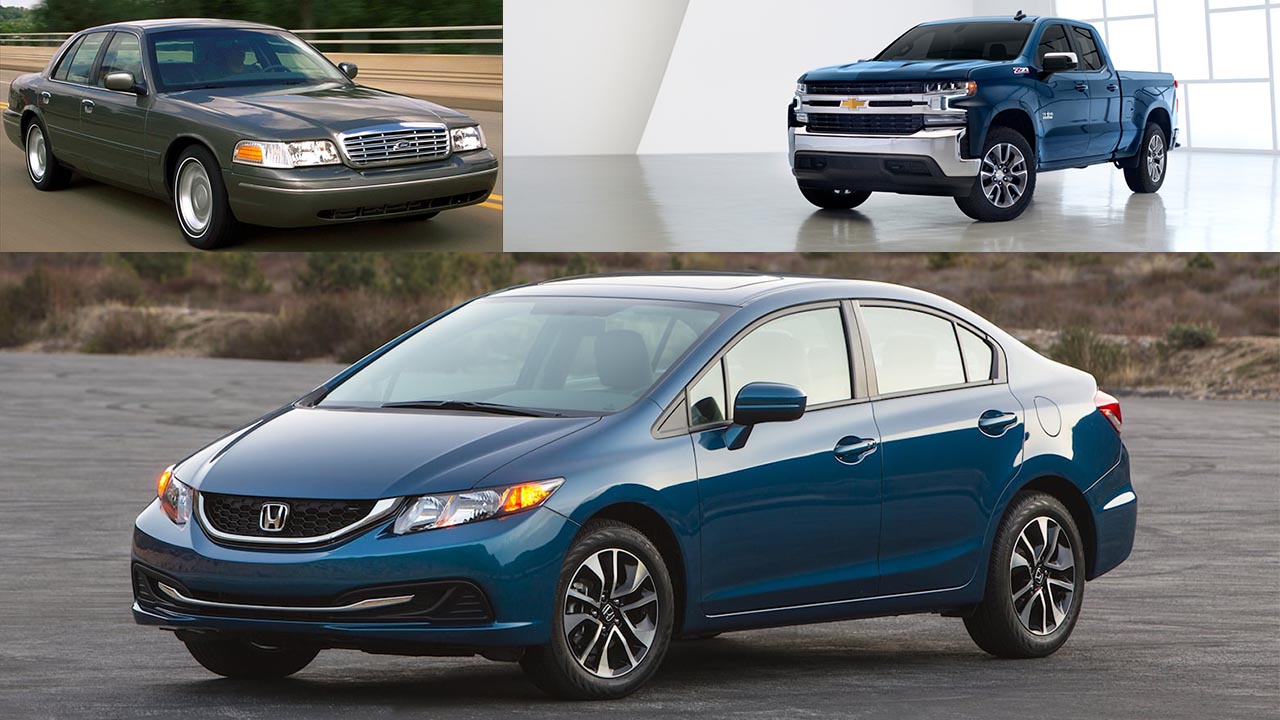One of the key indicators of a vehicle’s reliability is how long it remains operational on the road. While the average modern car typically lasts around 200,000 miles, some sources suggest that, with consistent and proper maintenance, many modern vehicles can push closer to the 300,000-mile mark.
Naturally, these are broad estimates—every car experiences a unique lifespan influenced by factors like driving habits, climate, and how well it’s maintained. That’s exactly why you’ll often hear someone ask, “city or highway?” when discussing mileage.
The type of driving makes a real difference. Then there’s the group of high-mileage champions, with vehicles like the Honda Accord and Toyota Tundra frequently making appearances. Just take the million-mile Accord as a prime example.
As with most consumer products, some manufacturers have a reputation for building more durable vehicles than others.
Reliable Cars
The automotive world is no different. There’s little debate about which brands tend to produce long-lasting cars—names like Toyota and Honda consistently top the list. Meanwhile, others lag behind in terms of reliability.
While there is some subjectivity in these assessments, the data collected from consumer reports and owner feedback helps paint a clear picture. The ten models that follow represent vehicles from manufacturers you’d expect to see on a list of reliable cars—and a few that may surprise you.
5. Eighth-Gen Honda Accord
Average Reliability Rating: 8.4/10 / 250,000 Miles
Powered by a 3.5-liter naturally aspirated V6 engine producing 271 horsepower and 254 lb-ft of torque, the eighth-generation Honda Accord continues to be recognized globally for its outstanding reliability.
It receives an average user-reported reliability score of 8.4 out of 10, which is impressive for a nameplate that has existed for nearly fifty years. Over the years, Honda has earned a solid reputation for building dependable vehicles, and the Accord is a testament to that legacy.
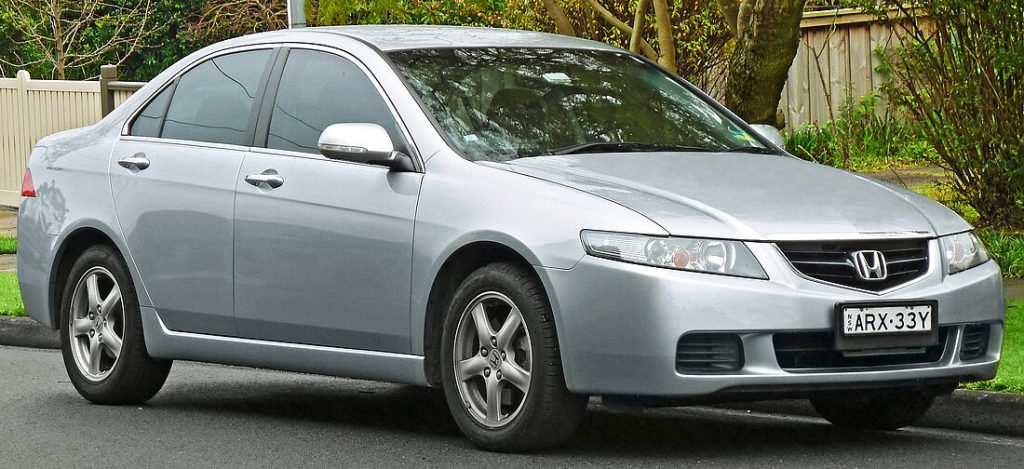
However, in more recent times, the brand has seen a slight dip in overall reliability, largely due to a strategic shift that places more emphasis on performance than on long-term durability.
As the company continues to evolve, it remains to be seen whether Honda will reverse this trend and reclaim its former standing as a benchmark for automotive reliability.
4. Ninth-Gen Honda Civic
Average Reliability Rating / Average Total Mileage: 8.5/10 / 200,000–300,000 Miles
The ninth-generation Honda Civic, equipped with a 2.0-liter naturally aspirated inline-four engine that delivers 153 horsepower and 140 lb-ft of torque, has proven itself as another reliable option in Honda’s lineup.
Scoring an average user-reported reliability rating of 8.5 out of 10, with many examples lasting between 200,000 to 300,000 miles, the Civic has solidified its status as a dependable daily driver.
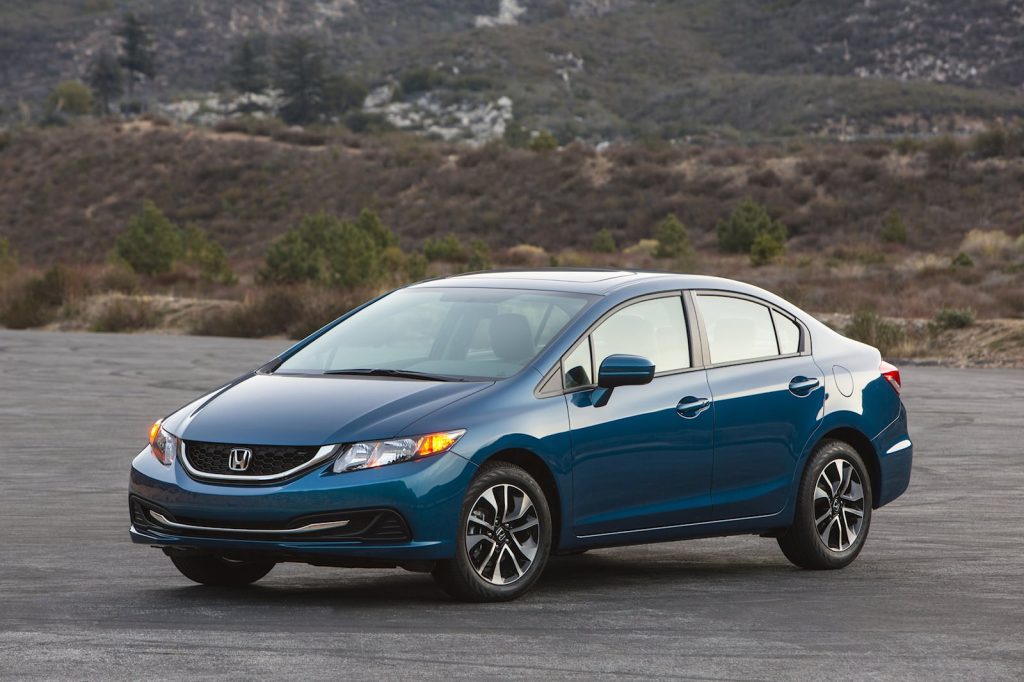
Having debuted in the U.S. market in 1972, the Civic has undergone significant changes over the decades. Today’s models are far more refined and sophisticated compared to the original minimalist versions, but they still hold onto the core values of reliability and efficiency.
The performance-oriented Si and Type R variants are also well-regarded for their durability and long-term dependability, making the Civic a versatile and trusted choice for a wide range of drivers.
Also Read: Top 10 Cars With the Most Loyal Long-Term Owners
3. Second-Gen Ford Crown Victoria
Average Reliability Rating: 8.6/10 / 200,000–300,000 Miles
Equipped with a 4.6-liter Modular V8 producing 239 horsepower and 281 lb-ft of torque, the second-generation Ford Crown Victoria holds a special place in American automotive history—especially among drivers who tend to push the speed limit.
This iconic sedan earned its reputation by serving extensively as the go-to vehicle for law enforcement across the United States. In fact, by 2003, an astounding 85 percent of all police departments in the country were using the Crown Vic, a figure that has never been matched by any other police vehicle since.
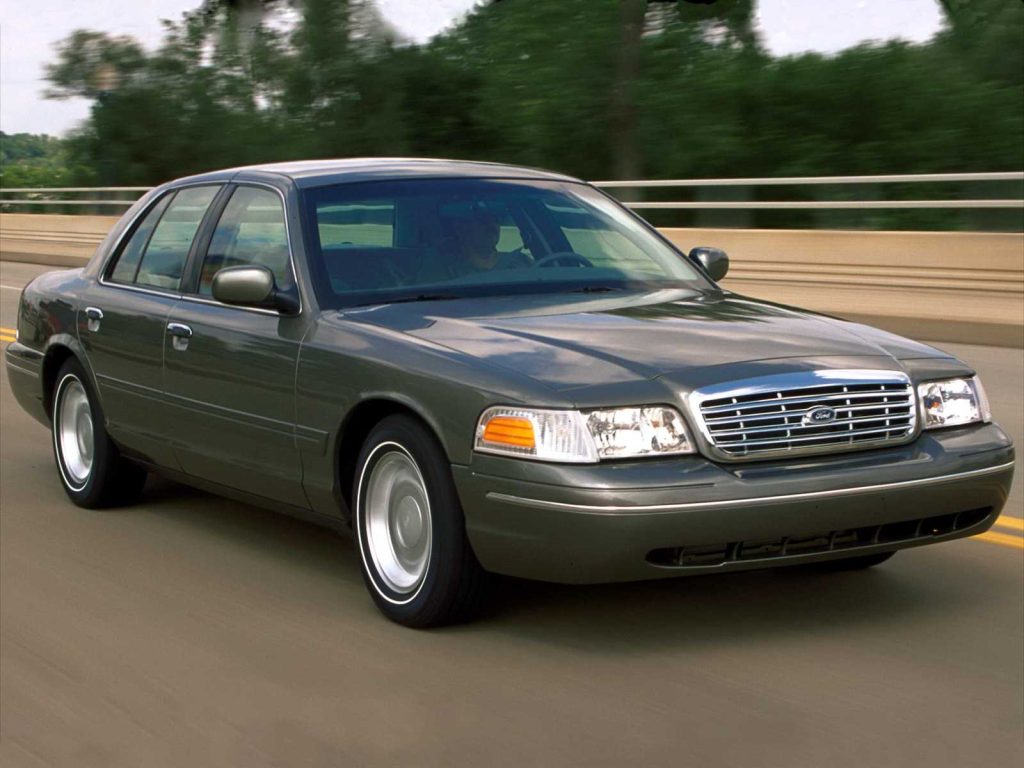
The secret to the Crown Victoria’s impressive reliability lies in its powertrain. While the 4.6-liter V8 isn’t particularly powerful, that’s exactly what contributes to its longevity. A less-stressed engine tends to last significantly longer, and the Crown Vic is living proof of that principle.
Many of these vehicles, once retired from police service, found a second life as taxi cabs—continuing to rack up hundreds of thousands of miles with nothing more than basic maintenance to keep them running strong.
2. Third-Gen Toyota Prius
Average Reliability Rating / Average Total Mileage: 8.7/10 / 250,000–300,000 Miles
The third-generation Toyota Prius, powered by a 1.8-liter naturally aspirated inline-four hybrid engine delivering 134 horsepower and 105 lb-ft of torque, has earned its place as one of the most recognizable and dependable hybrid vehicles on the road.
When it first launched, the original Prius didn’t quite capture attention the way Toyota had hoped, largely due to its high price tag relative to its offerings.
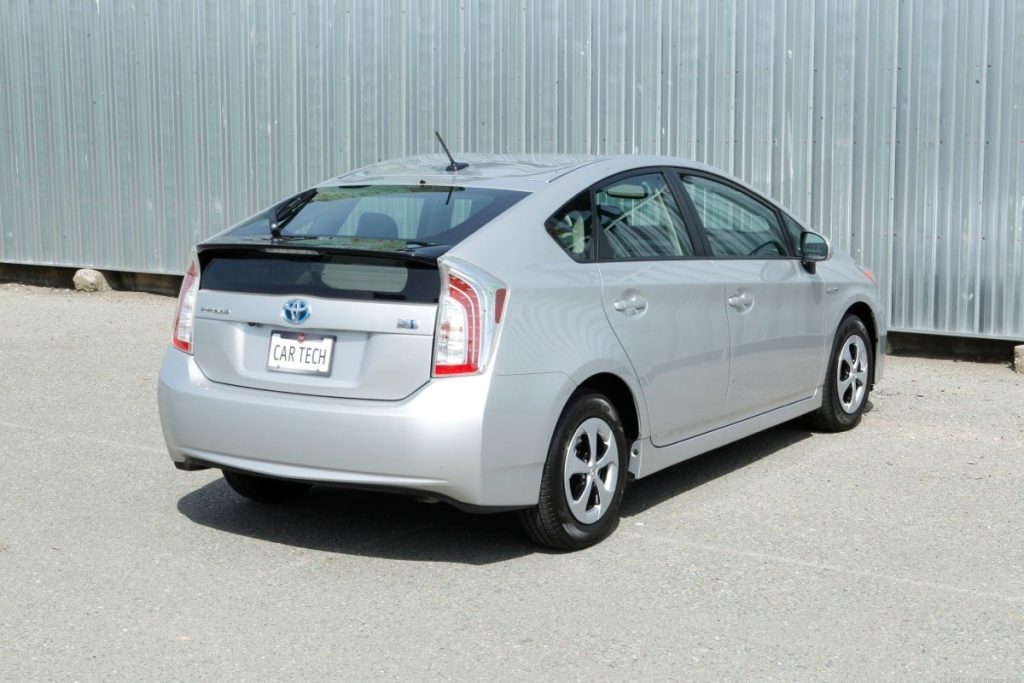
However, the release of the second generation in 2003 changed everything, propelling the Prius into global popularity and solidifying its position as the poster child for hybrid technology.
Today, the Prius continues to enjoy widespread appeal, with its reputation for reliability standing as a major reason why so many drivers continue to trust it for long-term use. It’s not just seen as practical anymore either—these days, it’s even earned a bit of cool factor along the way.
Thanks to its fuel efficiency, eco-conscious design, and proven durability, the third-gen Prius remains a top choice for anyone looking for a reliable hybrid that can go the distance.
1. Toyota Land Cruiser (J100)
Average Reliability Rating / Average Total Mileage: 8.9/10 / 200,000–300,000 Miles
Powered by a 4.7-liter naturally aspirated V8 that produces 235 horsepower and 320 lb-ft of torque, the J100-generation Toyota Land Cruiser stands as a benchmark for durability and off-road capability.
Known worldwide for its rugged build and bulletproof reliability, this version of the Land Cruiser has earned an outstanding average reliability rating of 8.9 out of 10, with many units easily surpassing the 200,000-mile mark and continuing well into the 300,000-mile range with proper care.
After a three-year break from the U.S. market, the Land Cruiser made its return for the 2024 model year—but it came back in a very different form.
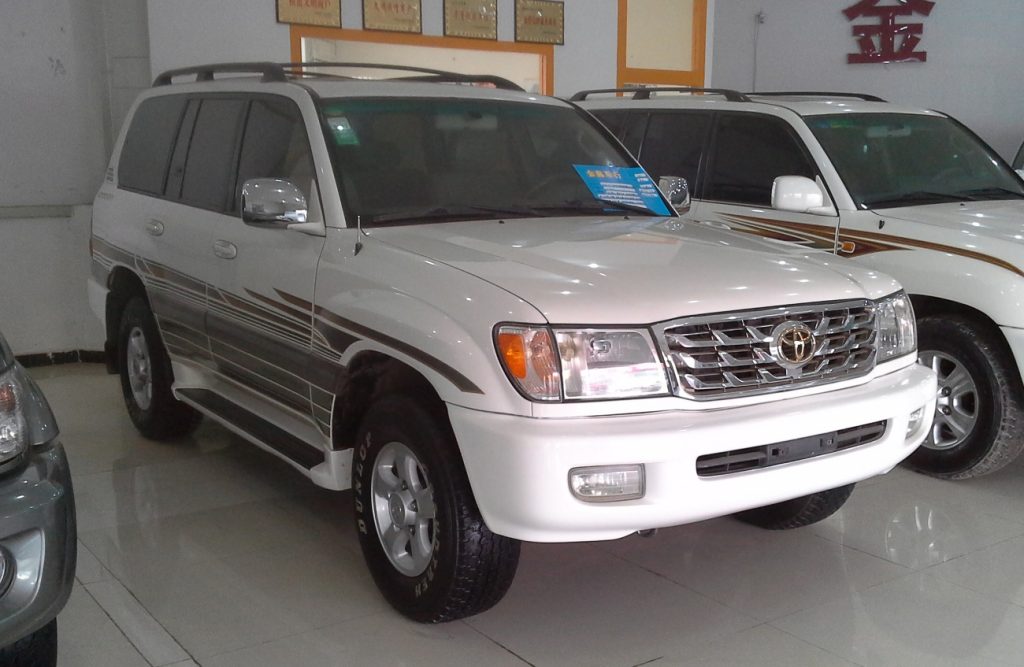
Instead of the traditional full-size SUV configuration sold globally, the new U.S. model now features a high-output four-cylinder engine and shares its platform architecture with other Toyota models like the Tacoma.
Despite these changes, the Land Cruiser’s legacy remains firmly rooted in its reputation for unmatched dependability, especially in demanding off-road conditions. That reputation is exactly why it earns the number one spot on this list.
Unreliable Cars
We all want a car that’s dependable—something that won’t leave us stranded on the side of the highway in the middle of the night. While it’s tempting to think buying a new vehicle is the fix for all automotive headaches, that assumption doesn’t always hold true.
In fact, Consumer Reports released its 2020 list of the most unreliable cars based on a comprehensive buyer survey, which evaluated specific models across 17 distinct problem areas.
These included issues like squeaky brakes, broken interior trim, out-of-warranty transmission repairs, and complications with four-wheel-drive systems.
Each problem area was assessed for severity, and the vehicles were then scored accordingly.
Because the models in question were brand new, Consumer Reports based its findings on feedback gathered from owners of the same models from the two prior years, using that data to generate a “predicted reliability” score.
While certain car brands are already known for lower customer satisfaction, it’s clear that even manufacturers with solid reputations can have specific models that send their owners back to the dealership more often than anyone would prefer.
5. Volvo XC90
Volvo makes another appearance on the list, this time with the XC90. While it received a slightly better score and drew praise from Consumer Reports for its sleek, modern design, the vehicle still had its fair share of drawbacks. The gas mileage, braking performance, and steering/suspension system were all points of concern.
More importantly, the XC90 comes with a steep price—nearly $60,000. Considering the available alternatives, there are definitely better vehicles on the market for less than half the cost of this luxury SUV.
The Volvo XC90 is a premium midsize SUV that blends Scandinavian design with strong safety credentials and upscale features. As Volvo’s flagship SUV, the XC90 stands out for its clean, minimalist styling and a cabin that emphasizes comfort, sustainability, and advanced technology.
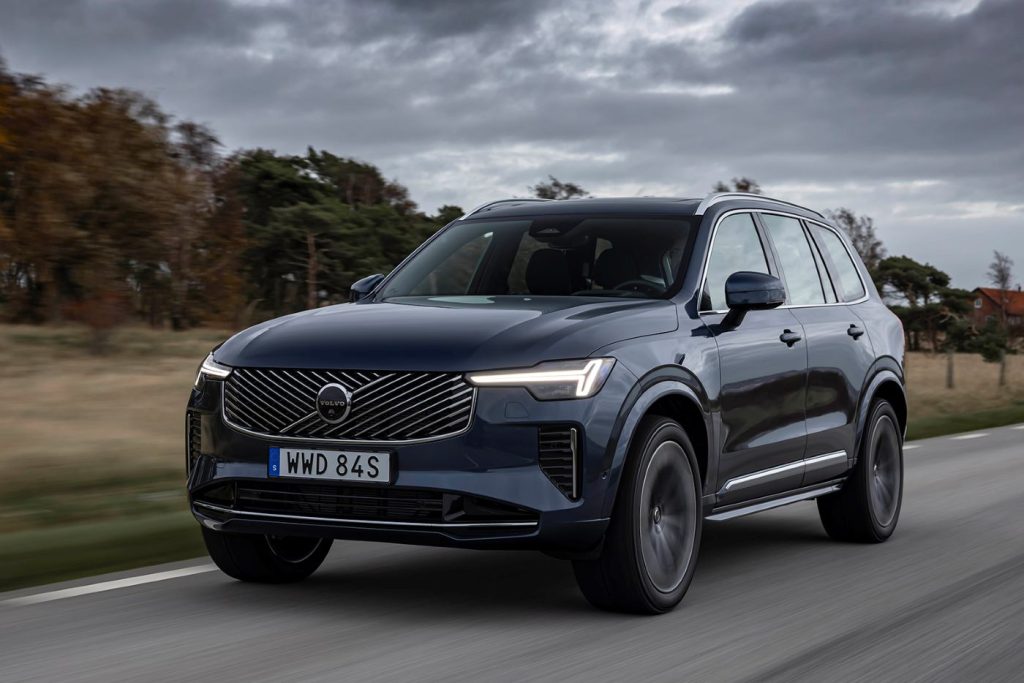
Inside, you’ll find high-quality materials like Nappa leather, real wood, and crystal gear shifters, along with a vertically oriented touchscreen infotainment system powered by Google’s built-in software in newer models.
Performance-wise, the XC90 offers a range of powertrains, including mild-hybrid and plug-in hybrid options under the “Recharge” badge, catering to both efficiency and performance needs.
Volvo’s dedication to safety shines through with features like Pilot Assist (semi-autonomous driving), advanced collision avoidance systems, and a robust structural design.
It comfortably seats up to seven, making it a solid choice for families who don’t want to compromise on luxury or safety. Overall, the XC90 is a refined, tech-savvy, and responsible SUV built for those who appreciate design, innovation, and peace of mind on the road.
Also Read: 10 Reliable Older Hybrids That You Can Count On
4. Jeep Compass
The 2021 Jeep Compass landed at the bottom of Consumer Reports’ rankings for small SUVs, and for good reason. It suffered from a combination of poor seating ergonomics, excessive engine noise, and recurring issues with its drive system and transmission.
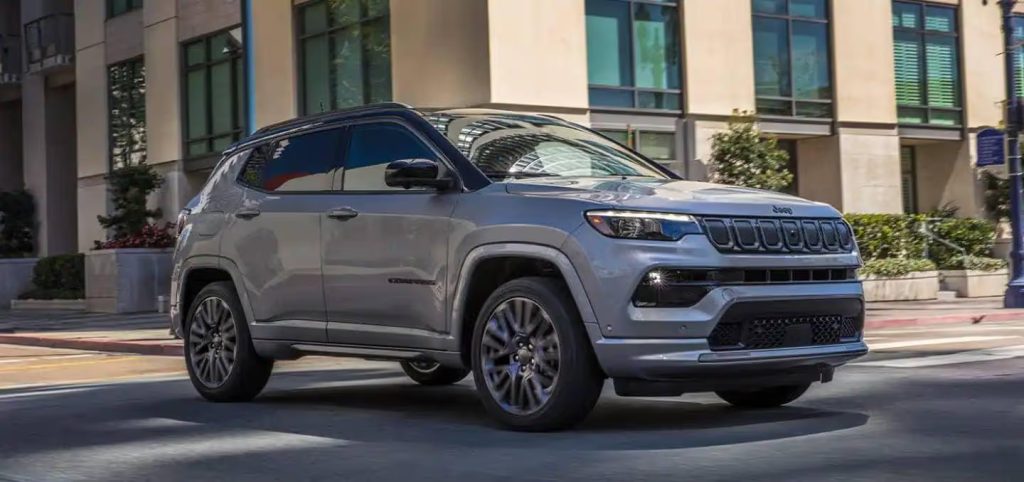
To make matters worse, its price point is unusually high for its class. Altogether, it’s a package that falls short on value and performance.
3. Volkswagen Atlas
This German-made SUV didn’t fare well either. The Volkswagen Atlas scored low due to a host of mechanical concerns including engine issues, emissions problems, and exhaust system faults.
More troubling, however, are the five recalls already issued for this model, covering defects in the backup camera, headlights, and more. It’s probably best to steer clear of this one—Consumer Reports suggests there are far more reliable options based on their most recent rankings.
The Volkswagen Atlas is a midsize SUV designed with American families in mind, offering a spacious interior, bold styling, and practical features at a competitive price.
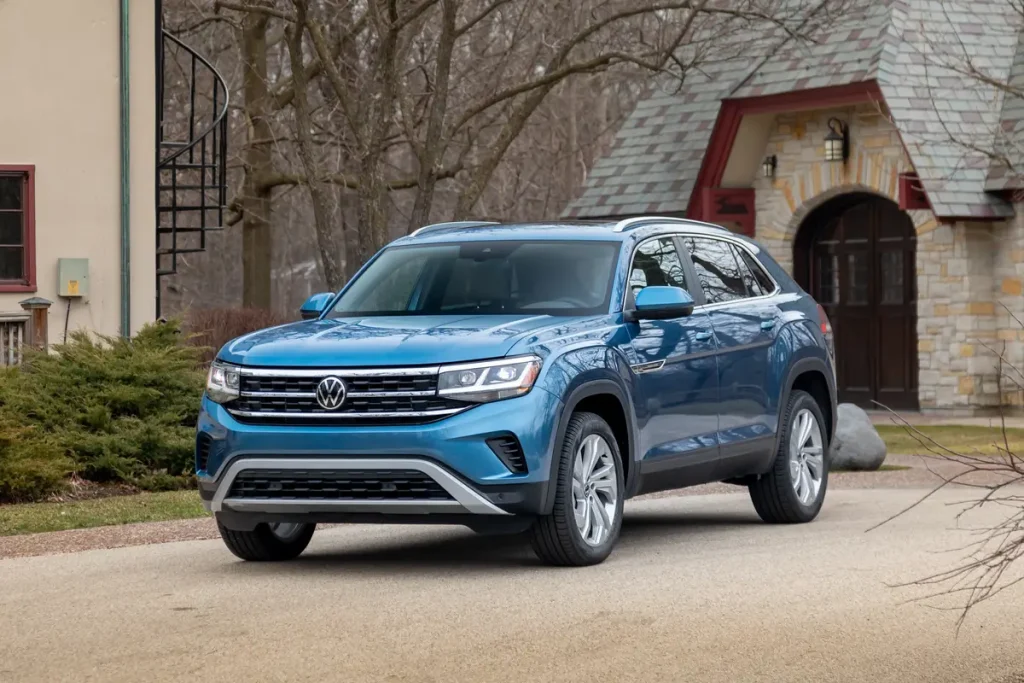
It’s the largest SUV in Volkswagen’s lineup, with three rows of seating that comfortably accommodate up to seven passengers. The cabin emphasizes functionality, with ample legroom in all rows, a user-friendly infotainment system, and plenty of cargo space.
The Atlas is powered by either a turbocharged four-cylinder or a more powerful V6 engine, paired with an 8-speed automatic transmission and available all-wheel drive. While it’s not the most thrilling to drive, it makes up for it with its smooth ride, solid road presence, and straightforward controls.
Volkswagen also includes a good spread of safety tech, like adaptive cruise control, lane-keeping assist, and blind-spot monitoring. Overall, the Atlas is a solid choice for those who prioritize space, comfort, and value in a family SUV without diving into the luxury segment.
2. Subaru Ascent
The Subaru Ascent brought along several problems that knocked it down the reliability charts. Owners have reported both major and minor transmission issues, as well as ongoing troubles with the vehicle’s electronics and steering.
Additional complaints were also made about the braking system and climate controls, making this SUV a questionable choice for those prioritizing dependability.
The 2025 Subaru Ascent is a midsize SUV that combines rugged capability with family-friendly features.
Powered by a 2.4-liter turbocharged BOXER engine producing 260 horsepower and 277 lb-ft of torque, it comes standard with Symmetrical All-Wheel Drive and a continuously variable transmission. This setup provides a smooth ride and allows for a towing capacity of up to 5,000 pounds, making it suitable for both daily commutes and weekend adventures.
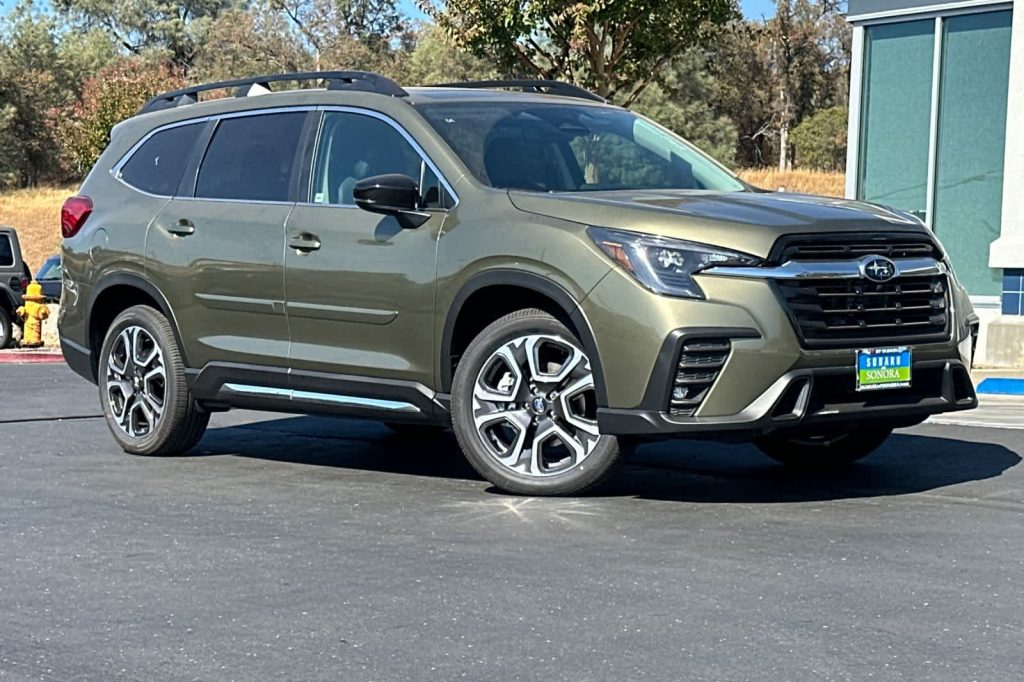
Inside, the Ascent offers seating for up to eight passengers, with a spacious interior that includes an 11.6-inch touchscreen infotainment system featuring wireless Apple CarPlay and Android Auto integration.
Safety is a priority, with Subaru’s EyeSight Driver Assist Technology standard across all trims, including features like adaptive cruise control, lane-keeping assist, and automatic emergency braking. New for 2025, the Ascent introduces trims like the Onyx Edition Touring and Bronze Edition, which add unique styling elements and premium features.
With a starting price around $40,215, the 2025 Subaru Ascent offers a blend of performance, safety, and comfort for families seeking versatility in their SUV.
1. Chevrolet Silverado 1500
Topping the list of unreliable vehicles is the Chevrolet Silverado 1500. Owners consistently reported poor fuel economy and an inconsistent transmission.
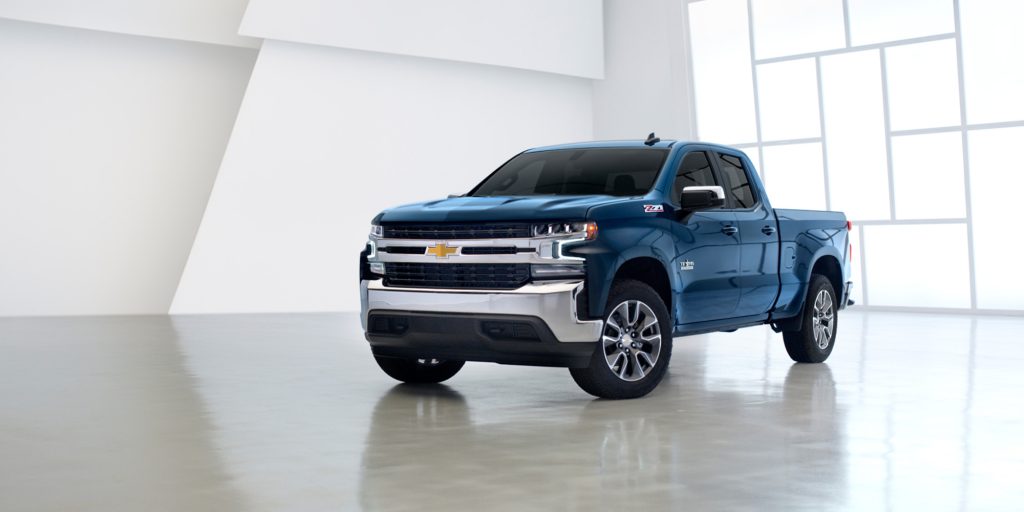
Consumer Reports also predicted engine and brake problems, and unfortunately, those predictions have proven accurate—a recall has already been issued due to a sudden loss of air pressure in the tires. It might be wise to reconsider this truck and avoid extra trips to the mechanic.

